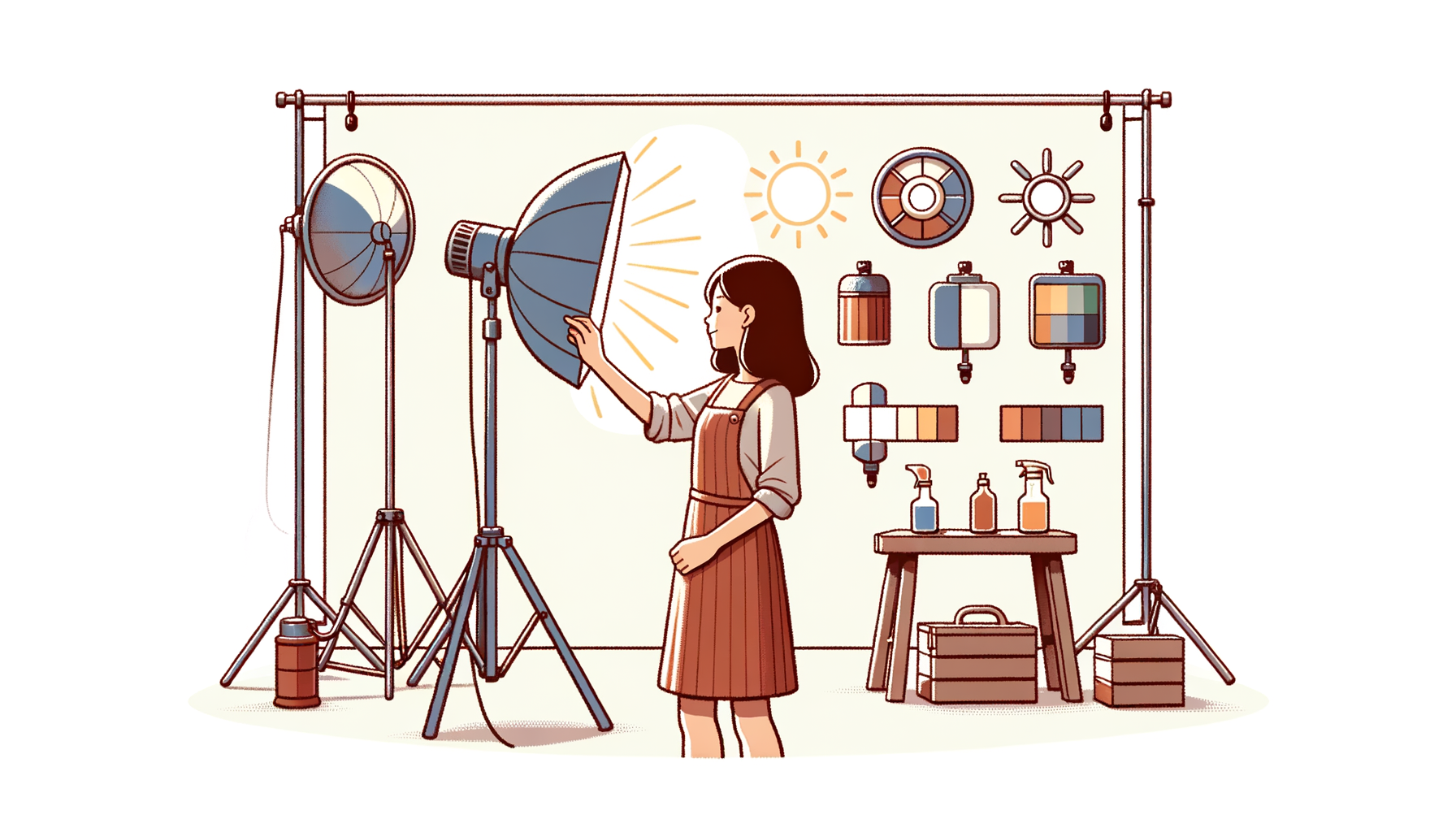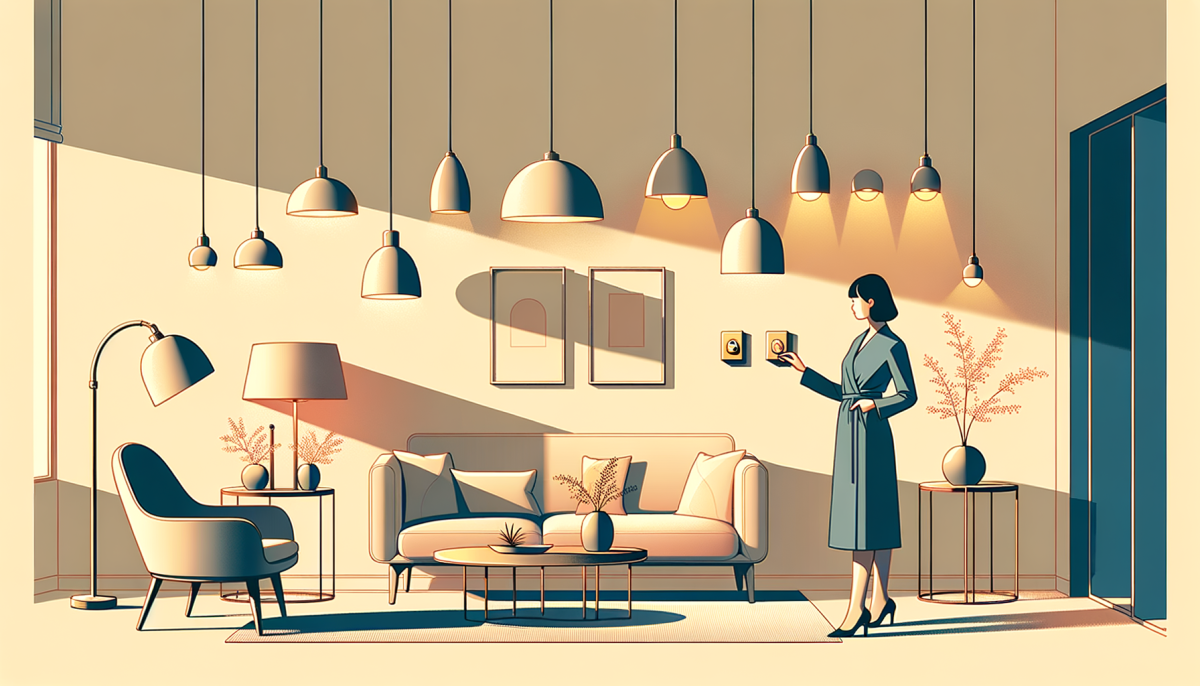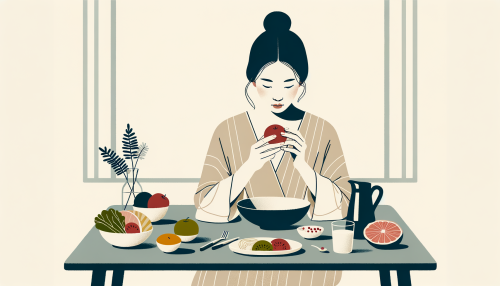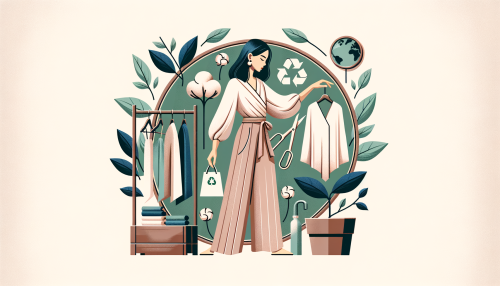Introduction
The art of illumination is a subtle yet powerful tool that can transform the ambiance of your home. It’s not just about providing visibility; it’s about creating an atmosphere that reflects your personality, enhances your mood, and complements your decor. This article will delve into the intricacies of lighting, exploring the basics, mood enhancement techniques, and advanced tips to help you use lighting to its full potential in enhancing your home’s atmosphere.
Lighting Basics

Lighting is a multifaceted element of home decor that goes beyond the simple functionality of illumination. It plays a crucial role in setting the tone of a room, influencing the perceived size, and highlighting the architectural features and decor elements. Understanding the basics of lighting is the first step towards mastering the art of illumination.
There are three primary types of lighting: ambient, task, and accent. Ambient lighting, also known as general lighting, provides overall illumination for a room. It’s the base layer of light that allows you to move around safely and comfortably. Task lighting, as the name suggests, is designed for specific tasks such as reading, cooking, or working. Accent lighting is used to highlight specific features or areas in a room, such as artwork, architectural details, or a reading nook.
The choice of light bulbs is another fundamental aspect of lighting. Incandescent bulbs produce a warm, inviting light that’s perfect for living rooms and bedrooms. Compact fluorescent bulbs (CFLs) are energy-efficient and provide a cooler, brighter light suitable for kitchens and bathrooms. LED bulbs are the most energy-efficient and long-lasting, and they come in a wide range of color temperatures.
Mood Enhancement Techniques
Lighting can significantly influence the mood and ambiance of a room. By manipulating the intensity, direction, and color of light, you can create a variety of atmospheres ranging from cozy and intimate to bright and energetic.
Dimmers are a simple yet effective tool for adjusting the intensity of light. By dimming the lights, you can create a relaxing, intimate atmosphere perfect for unwinding after a long day or enjoying a romantic dinner. On the other hand, bright light can make a room feel more energetic and lively, ideal for social gatherings or productive activities.
The direction of light also plays a crucial role in setting the mood. Downlighting, where the light source is positioned above and directs light downwards, creates a focused, task-oriented atmosphere. Uplighting, on the other hand, creates a softer, more diffuse light that’s perfect for creating a relaxed, casual ambiance.
Color is another powerful mood enhancer. Warm colors like red, orange, and yellow evoke feelings of warmth and comfort, while cool colors like blue and green create a calm, serene atmosphere. By using colored light bulbs or smart lights that can change color, you can easily alter the mood of a room to suit your needs.
Advanced Lighting Tips
Once you’ve mastered the basics and experimented with mood enhancement techniques, you can explore more advanced lighting strategies to further enhance your home’s atmosphere.
Layering is a key concept in advanced lighting design. By combining different types of lighting, you can create a rich, nuanced atmosphere that caters to a variety of needs and moods. For example, you can use ambient lighting for overall illumination, task lighting for specific activities, and accent lighting to highlight features and create visual interest.
Another advanced technique is using lighting to manipulate the perceived size and shape of a room. For instance, vertical lighting can make a room appear taller, while horizontal lighting can make it seem wider. Similarly, lighting can be used to draw attention to or away from certain areas, helping to balance out any architectural imperfections.
Finally, don’t forget about natural light. It’s the most beautiful and healthful form of light, and it can dramatically enhance the atmosphere of your home. Use window treatments, mirrors, and reflective surfaces to maximize the amount of natural light in your home.
Conclusion
Lighting is a powerful tool that can transform your home’s atmosphere. By understanding the basics, experimenting with mood enhancement techniques, and exploring advanced strategies, you can use lighting to create a home that’s not only visually stunning but also perfectly attuned to your needs and personality. Remember, the best lighting design is the one that makes you feel at home.





